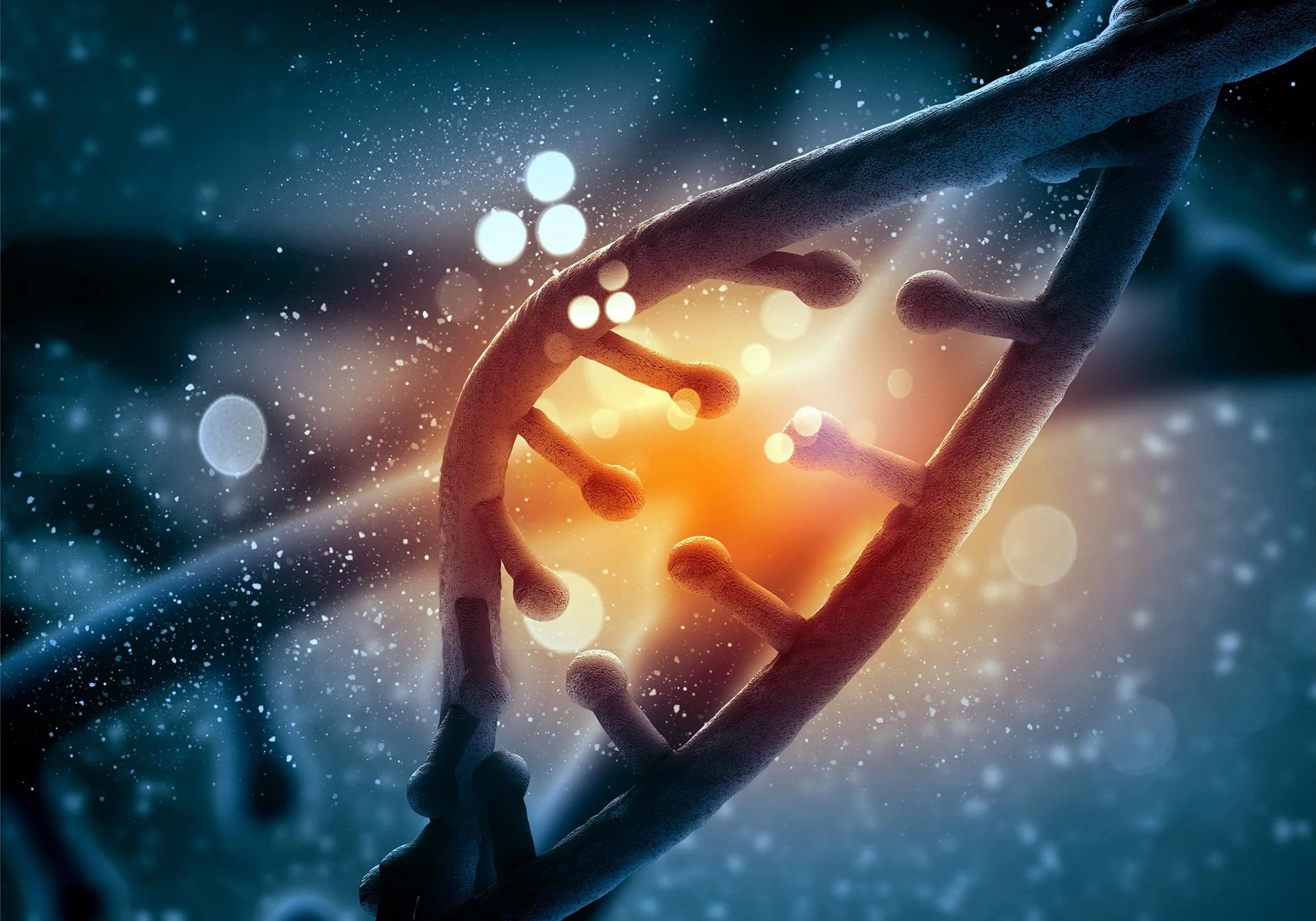博文
科学家发现DNA的“空间语法”:此突破可能重写遗传学教科书
 精选
精选
||
科学家发现DNA的“空间语法”:此突破可能重写遗传学教科书
诸平
据美国华盛顿州立大学(Washington State University)2024年8月24日提供的消息,科学家发现DNA的“空间语法”:此突破可能重写遗传学教科书(Scientists Discover “Spatial Grammar” in DNA: Breakthrough Could Rewrite Genetics Textbooks)。
研究人员在DNA中发现了一种“空间语法”(“spatial grammar”),它重新定义了转录因子在基因调控中的作用,影响了我们对遗传变异和疾病的理解。
最近在DNA中发现的一种被称为“空间语法”的密码,可能会解开基因活动如何在人类基因组中编码的秘密。这一突破性发现由华盛顿州立大学(Washington State University, Pullman, WA, USA)和加州大学圣地亚哥分校医学院(University of California, San Diego / U.C. San Diego School of Medicine, La Jolla, CA, USA)的研究人员确定,并于2024年7月17日已经在《自然》(Nature)杂志网站在线发表——Sascha H. Duttke, Carlos Guzman, Max Chang, Nathaniel P. Delos Santos, Bayley R. McDonald, Jialei Xie, Aaron F. Carlin, Sven Heinz, Christopher Benner. Position-dependent function of human sequence-specific transcription factors. Nature, 2024, 631: 891–898. DOI: 10.1038/s41586-024-07662-z. Published: 17 July 2024. https://www.nature.com/articles/s41586-024-07662-z
此研究揭示了长期以来被认为隐藏在DNA中的空间语法。这项研究可能会重塑科学家对基因调控的理解,以及基因变异如何影响发育或疾病中的基因表达。
位置依赖的发现(Discovery of Positional Dependence)
转录因子(Transcription factors),即控制基因组中哪些基因被打开或关闭的蛋白质,在这个密码中起着至关重要的作用。长期以来,转录因子被认为是基因活性的激活因子或抑制因子,但这项研究表明,转录因子的功能要复杂得多。
华盛顿州立大学兽医学院分子生物科学学院(WSU’s School of Molecular Biosciences in the College of Veterinary Medicine)的助理教授萨沙·杜特克(Sascha Duttke)领导了这项研究,他说,“与你在教科书上看到的相反,作为真正激活或抑制因子的转录因子非常罕见。”
相反,科学家们发现,大多数激活剂也能起到抑制剂的作用。
“如果你移除一种激活剂,你的假设是你失去了激活,但只有50%~60%的病例是这样的,所以我们知道肯定有什么不对劲。”华盛顿州立大学研究生贝利·麦克唐纳(Bayley McDonald)说,他是研究小组的一员。
仔细观察,研究人员发现许多转录因子的功能高度依赖于位置。
他们发现,转录因子之间的间隔和它们相对于基因开始转录的位置决定了基因的活性水平。例如,转录因子可能在基因转录起始位点的上游或前方激活基因表达,但在下游或转录起始位点之后抑制其活性。
萨沙·杜特克说:“是间隔或环境决定了一个给定的转录因子是作为激活因子还是抑制因子。这只是表明,与学习一门新语言类似,要了解基因表达模式是如何在我们的基因组中编码的,我们需要理解它的单词和语法。”
对基因研究的启示(Implications for Genetic Research)
通过整合这种新发现的“空间语法”,加州大学圣地亚哥分校的副教授克里斯托弗·本纳(Christopher Benner)预计,科学家可以更深入地了解突变或遗传变异如何影响基因表达并导致疾病。克里斯托弗·本纳说:“潜在的应用是巨大的。至少,它将改变科学家研究基因表达的方式。”
这项工作得到了美国国立卫生研究院(NIH)(NIH grants R00GM135515, R01GM134366, P30DK063491, P30DK120515, U01AI150748, U19AI135972 and R21DA056177)、NIH职业奖(NIH career award K08AI130381)、美国华盛顿州立大学(WSU)启动资金(R01GM134366, U01DA051972, U01AI150748, U19AI135972, P01HL147835, R01MH127077 and R01GM129523)、宝来惠康基金的医学科学家职业奖(Career Award for Medical Scientists from the Burroughs Wellcome Fund)、博士生奖学金(predoctoral fellowship F31HG011823)、美国国立医学图书馆(NLM)培训补助金(NLM Training Grant T15LM011271)以及卡津奖捐赠基金(Katzin Prize Endowed Fund)的资助。
上述介绍,仅供参考。欲了解更多信息,敬请注意浏览原文或者相关报道。
Patterns of transcriptional activity are encoded in our genome through regulatory elements such as promoters or enhancers that, paradoxically, contain similar assortments of sequence-specific transcription factor (TF) binding sites1,2,3. Knowledge of how these sequence motifs encode multiple, often overlapping, gene expression programs is central to understanding gene regulation and how mutations in non-coding DNA manifest in disease4,5. Here, by studying gene regulation from the perspective of individual transcription start sites (TSSs), using natural genetic variation, perturbation of endogenous TF protein levels and massively parallel analysis of natural and synthetic regulatory elements, we show that the effect of TF binding on transcription initiation is position dependent. Analysing TF-binding-site occurrences relative to the TSS, we identified several motifs with highly preferential positioning. We show that these patterns are a combination of a TF’s distinct functional profiles—many TFs, including canonical activators such as NRF1, NFY and Sp1, activate or repress transcription initiation depending on their precise position relative to the TSS. As such, TFs and their spacing collectively guide the site and frequency of transcription initiation. More broadly, these findings reveal how similar assortments of TF binding sites can generate distinct gene regulatory outcomes depending on their spatial configuration and how DNA sequence polymorphisms may contribute to transcription variation and disease and underscore a critical role for TSS data in decoding the regulatory information of our genome.
https://blog.sciencenet.cn/blog-212210-1448438.html
上一篇:革命性的太阳能电池将大幅削减成本,提高产能量
下一篇:脑肿瘤治疗的新进展
